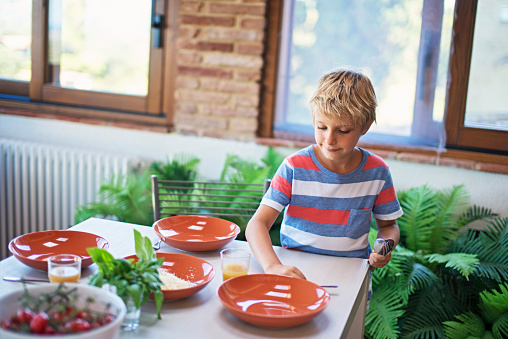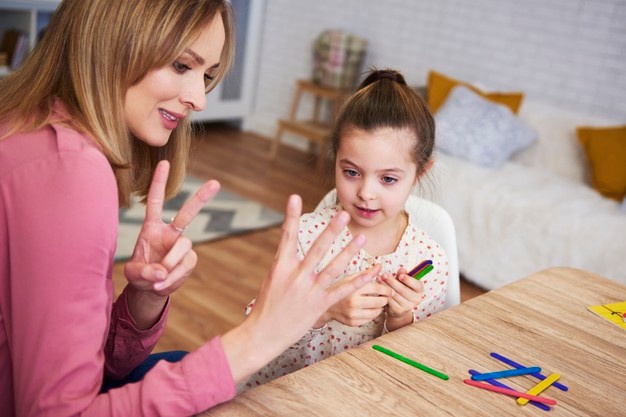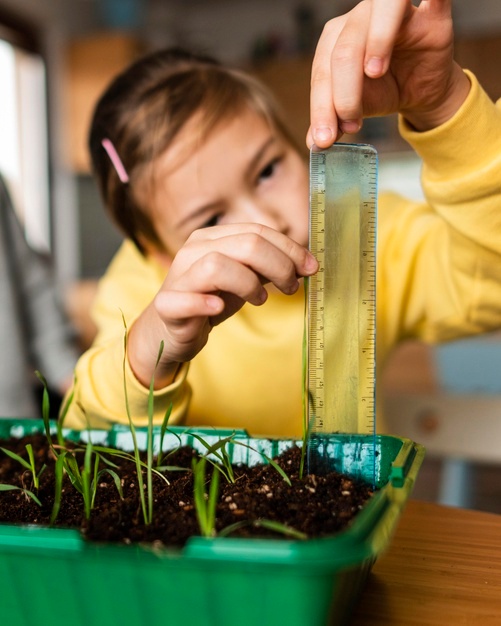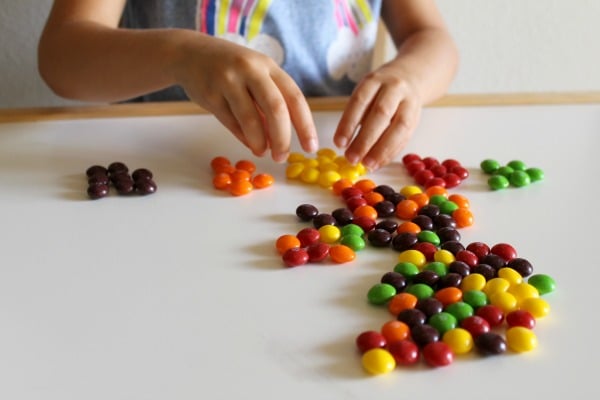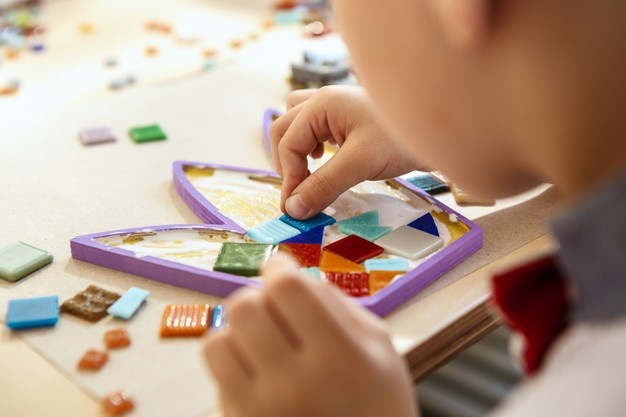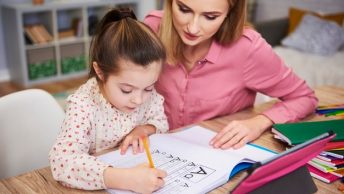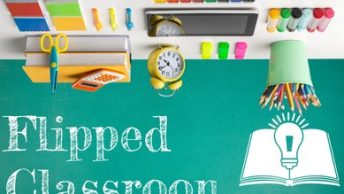We’ll go over some practices that parents may employ to aid their children with math in this blog. These are some ideas for keeping the learning going even while everyone is out of school!
Choose two or three of the methods below to implement throughout the year. They’re designed to assist your youngster in improving his or her math skills and building confidence in the classroom.
Techniques for enhancing your math skills
Include enriching activities that connect mathematics to everyday life:
- Talk about how many plates and spoons to put out for dinner
- Have your child count comparable items while you put away groceries
- Have your child count comparable items while you put away groceries
- Ask your child to compare prices by asking questions such as, “Which can of sweet corn is more expensive?”
- Allow your youngster to weigh the fresh produce; older children can figure out the cost of various items.
- Talk about the number of days in the month, the number of days before a specific occasion, etc. by reading the days and dates on a calendar.
- Practice arithmetic skills at home using computer software, online games, or apps. Oryx Learning offers math practice exercises, formative and summative assessments, and a personalized learning dashboard to facilitate a self-paced learning path to mastery. It provides learners with a strong foundation to develop higher-order thinking skills.
- At home, provide some math tasks. Give each member 13 cards from a deck of cards, have them flip a card, and then have your child select who wins the set of cards based on whose card has the highest value. In the event of a tie, place three more cards face-down before turning the last card up; the higher card on that turn wins all the cards. Play until one player has accumulated all of the cards in the deck.
- Keep empty containers and write different prices on them, then play Store by adding up the prices for various items with a calculator.
Computation
- Count by twos, fives, or tens orally
- Engage your children to complete connect-the-dots activities.
- Make a number book with your youngster, with a page for each numeral from one to ten. Have your youngster glue newspaper and magazine clippings explaining the number idea on each page (two birds, three penguins, or four sheep).
- Count and pair objects around the house to see if there are an odd or even number of them.
- Give your child verbal math tasks to solve. “Add three to seven, multiply by six, subtract four, and divide by eight. “What is your response?” Slowly speak at first until your child improves his or her ability to solve these mental challenges.
- Assist your youngster with recognizing percentages on signs, in newspapers, and in magazines.
- Teach your youngster how to read food labels. Assign them the task of calculating the percentage of each nutrient included in each item.
Geometry
- Have your child fold a sheet of paper in half and draw a shape along the fold; cut out the shape and unfold the paper to make a symmetrical shape.
Look for geometric shapes such as triangles, squares, circles, and rectangles all about the house.
Make shapes out of everyday household things like toothpicks, marshmallows, empty toilet paper rolls, twist ties, sticks, and paper.
Direct your child to look for objects that are the same size and form while traveling together to help them recognize and identify real-world examples of right angles (e.g., the corner of a book) and parallel lines (e.g., train tracks).
Measurement
- When you’re cooking, teach your youngster how to set the kitchen timer.
- Draw an analog clock face with the hour and minute hands at ten o’clock. Instruct your child to write the time shown on a piece of paper.
- Sort diverse objects (e.g., books, tins, and cans) according to their size and measurement attributes (e.g., length, weight, and volume). Use comparison words like “taller,” “shorter,” “narrower,” “wider,” “heaviest,” “lightest,” “more,” “less,” “about,” and “same” to talk with your children about how they are arranged.
- Gather a measuring tape, ruler, cup, gallon container, and scale to measure objects in your home using a standard measuring tool. Talk about the different things you can measure with each.
- Review the measurements’ comparable names. “How many cups are in a liter?” for example.
- Encourage your kids to use words like “whole,” “half,” “thirds,” and “fourths” in everyday situations.
Statistics, probability, graphing
- Open a bag of Smarties, Skittles, or M&Ms and construct a bar graph of how many of each color you can find within. Find three examples of different sorts of graphs in a math textbook or on the internet.
- Locate the coordinates of locations on a map.
- For a week, watch the weather report, write down the temperatures for each day, and then graph them.
- Keep track of your favorite team’s game results and graph them over a period of several weeks.
Make a list of things that will never happen, things that might happen, and things that will definitely happen with your child.
Algebraic concepts
- Talk about what you observe with your child to help them count and recognize patterns and colors in the environment:
- What color is the kitchen’s wall?
- What color is the textbook in your math class?
- What is the address of the house on the other side of the street?
- If I remove one object from the table, how many are left?
- What is the number of exits from the school building?
- What is the total number of swings on the playground?
- Look for patterns on buildings, rugs, floors, and clothing with your child.
Problem-solving
- Encourage your children to solve problems in real life: “We only have one can of pineapples, but we need five.” “How many more do we require?”
- Pose questions that require equal participation. “Nine students share 27 candies equally among them, for example.” “How many candies will each person get?”
- Assist your child in researching the population and land area of your state and city, and comparing these figures to those of other states and cities.
Families play an important role in distant school learning. Use these effective pointers to help your child progress.


